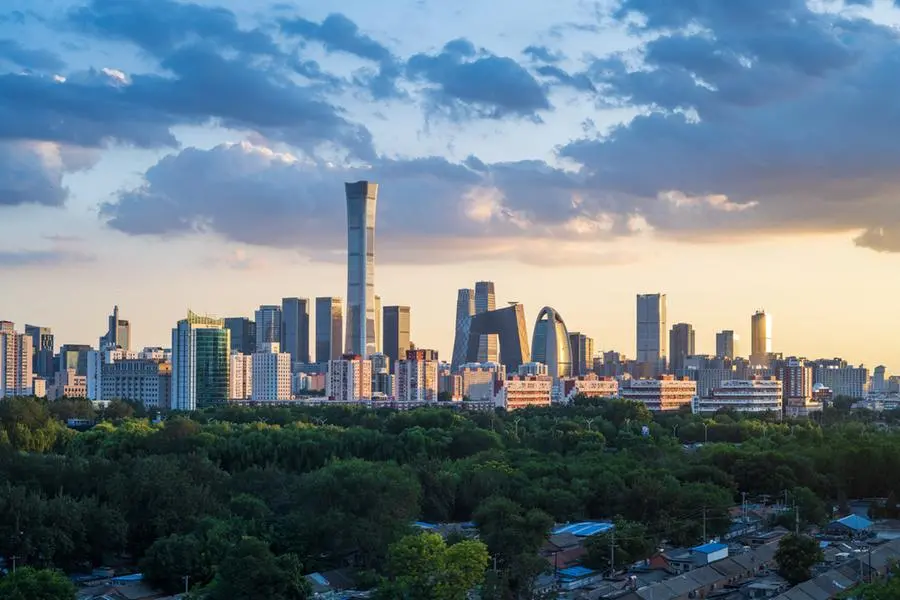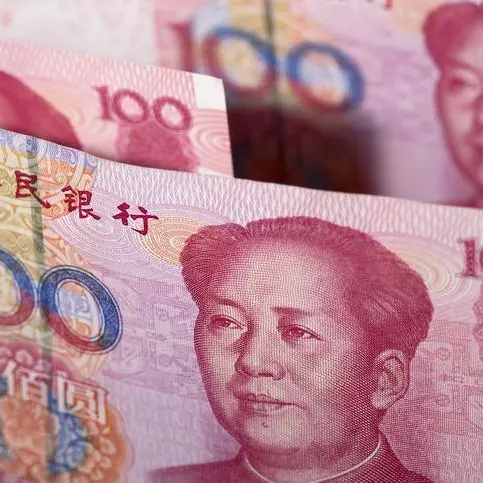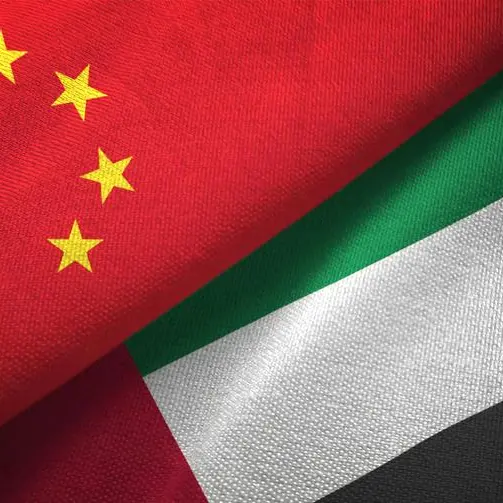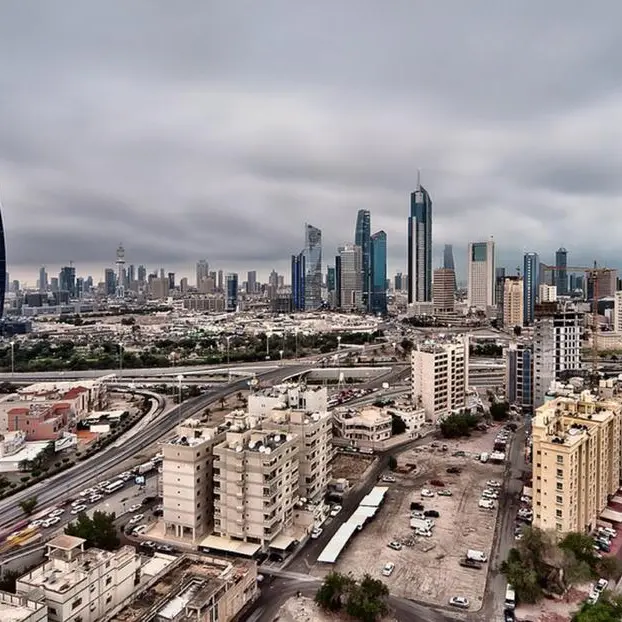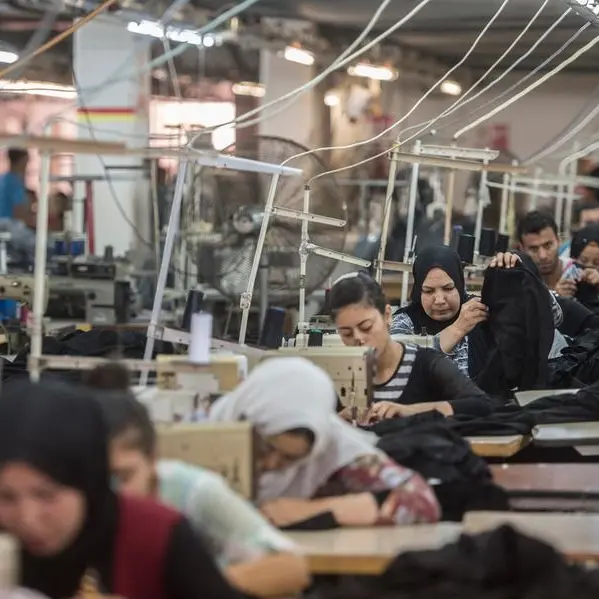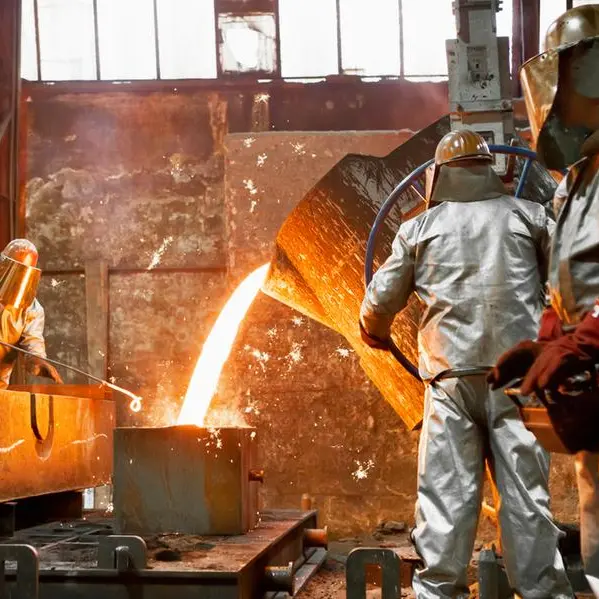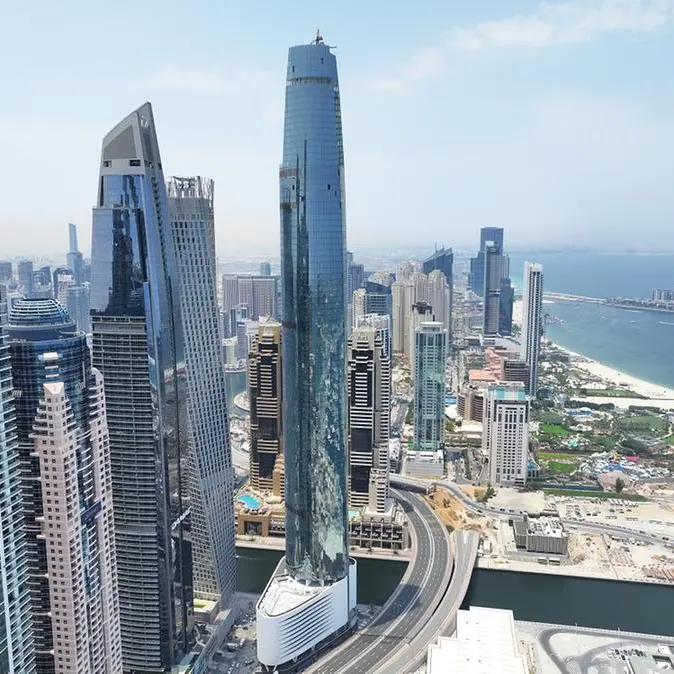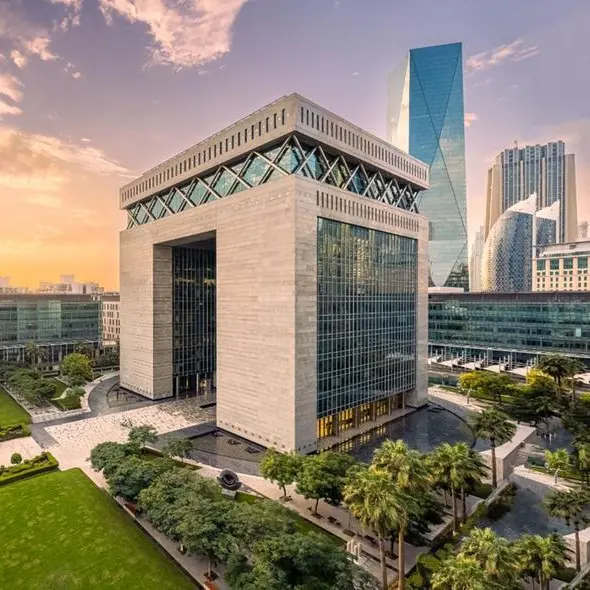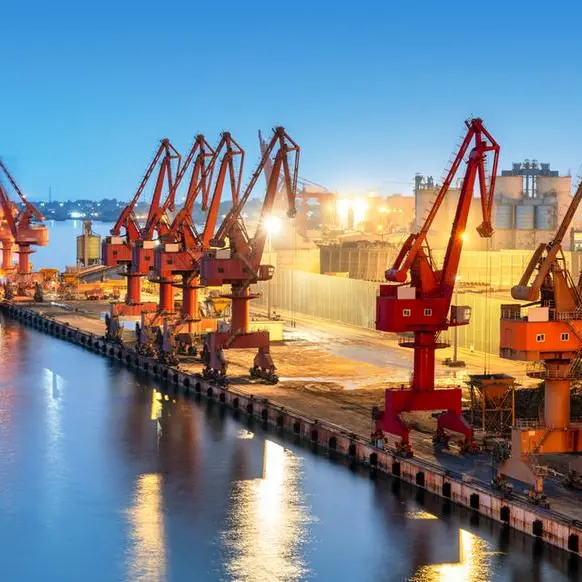PHOTO
With the global real estate arena undergoing transformative changes, Chinese investors are emerging as key players with distinct capital deployment approaches.
In an exclusive discussion with Zawya Projects, Pamela Ambler, Head of Investor Intelligence & Strategy, Asia Pacific at JLL, offers insights into this dynamic progression.
Ambler sheds light on the contrasting Chinese investment trends, highlighting a strong resurgence in domestic markets while cross-border endeavors exhibit a more measured pace.
In her analysis, Ambler delves into the complexities and prospects that shape Chinese investment strategies within an ever-evolving global context.
Here are the excerpts:
What's the current trajectory of Chinese investors in the global property market? Are they making a comeback, and if so, where are their investment interests primarily directed?
As of the first quarter, Chinese capital has surged in its domestic market, notably amounting to $4.4 billion. This contrasts starkly with cross-border investments that amounted to less than $500 million during the same period.
A majority of the cross-border investments we captured were funneled into Europe and the US, potentially driven by significant price adjustments within these markets.
The commercial real estate industry remains highly sensitive to interest rates. Higher borrowing costs increase the risk for sharper falls in prices, translating to around a 20-40 percent discount in the US from 2022 values, roughly 20-30 percent in Europe, and a relatively milder 10-20 percent dip in some APAC markets.


What about Chinese investors’ interest in the Middle East, specifically the UAE property market? Have you observed any fluctuations in their investment appetite for properties in the UAE?
There hasn't been any transactional evidence that we can speak to of Chinese capital investing in the Middle East in recent quarters.
Could you shed light on the types of properties or assets that are currently in demand? What are the key growth-driving factors behind this demand?
Business parks and logistics assets are in demand in China. Under the government’s initiative to upgrade its manufacturing sector and foster innovation in various high-tech sectors, business parks are in demand due to a boost in R&D activities. The logistics sector continues to thrive as e-commerce sales remain high.
Industry experts point out challenges for Chinese investors such as stricter market access and high compliance requirements. Have there been any strides in addressing these challenges?
Chinese capital may find extra hurdles in investing overseas due to heightened geopolitical tension. China's national policy of “internal circulation” aims to prioritise domestic consumption and investment to reduce reliance on foreign direct investment. This may result in tighter capital controls leading to domestic investors reinvesting their capital onshore. The attempt to internationalise RMB would also allow offshore RMB to remain offshore and try to convince counterparties to settle trades in RMB.
(Reporting by Syed Ameen Kader; Editing by Anoop Menon)
(anoop.menon@lseg.com)
Subscribe to our Projects' PULSE newsletter that brings you trustworthy news, updates and insights on project activities, developments and partnerships across sectors in the Middle East and Africa.
